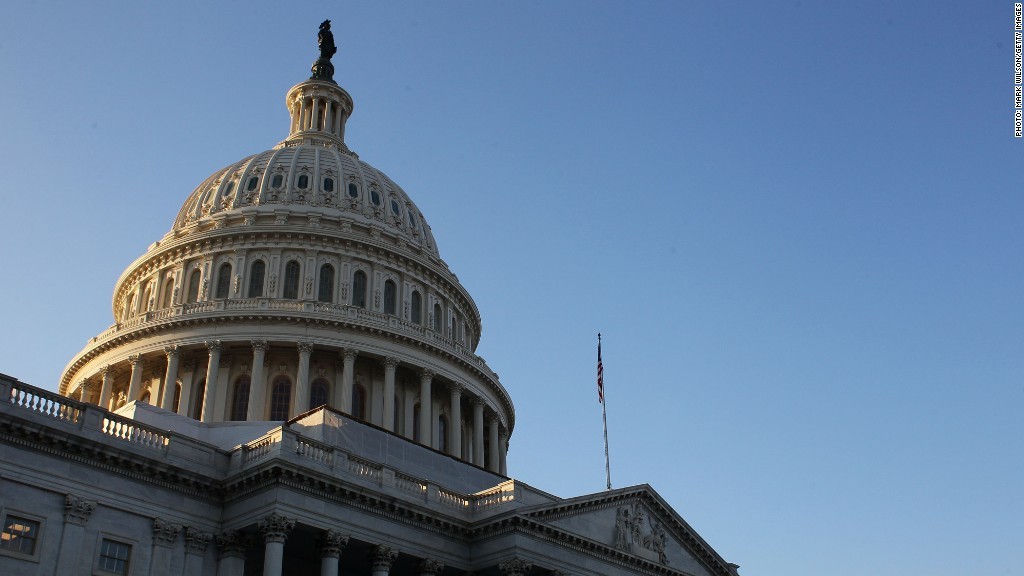Protecting your retirement from fiscal cliff risk
Post on: 1 Сентябрь, 2015 No Comment

A pair of elderly couples view the ocean and waves along the beach in La Jolla, California March 8, 2012.
Analysis & Opinion
CHICAGO (Reuters) — The U.S. fiscal cliff is bad news for retirement security — whether we fall off it or not.
If the White House and Congress don’t steer clear of the cliff, taxes on income and investments will jump, beginning January 1. And if a deal is reached in Congress, it could herald entitlement benefit cuts, higher Medicare premiums for the rich and even caps on pre-tax 401(k) contributions.
How can retirement savers protect themselves? Here is a distillation of the smartest advice, from a dozen financial planning experts, on sensible defense moves.
TAXES
The Bush tax cuts play the starring role in the fiscal cliff drama. They impact a large part of our tax code, and if they expire as scheduled on December 31, various rates will jump.
For retirement savers, the worries center on possible hikes in tax rates on income, capital gains and dividends.
Still, experts caution against upending investment strategies in reaction to Washington’s eventual decision on the cliff. Even if tax rates rise, the bite could be minor compared with the impact of changing your long-term portfolio strategy.
Don’t let the tax tail wag the investment dog, and keep your long-term goals in perspective, says John Sweeney, executive vice president of portfolio and advisory services at Fidelity Investments.
With those caveats in mind, here are points to consider:
* Pay now, not later. Marginal tax rates for most Americans would jump by three percentage points if all the Bush income tax rates expire; more likely, the highest-income bracket alone will see their rate rise, from 35 percent to 39.6 percent.
* Roth IRAs and Roth(k) accounts offer a smart way to get income taxes out of the way before changes kick in. Roth contributions are made with post-tax dollars; converted amounts and future returns grow tax-free forever (so long as you don’t make withdrawals before age 59 ½).
In the case of a Roth conversion, you’ll pay income taxes this year on converted amounts. You’ll get the biggest bang for your buck by funding the tax liability from another source, such as a taxable investment account, rather than using the IRA’s assets.
Some experts think Roth conversions makes sense only for wealthier households, where tax brackets are less likely to be lower in retirement.
Others are more bullish.
It doesn’t even matter what happens next year, says IRA expert and author Ed Slott. Your time horizon might be 10 or 20 years down the road, and it’s always better to compound and accumulate tax-free.
* Accelerate gains. Capital gains rates for most investors are set to jump to 20 percent from 15 percent; the tax on qualified dividends will revert from 15 percent to being taxed as ordinary income. That could be a reason to sell highly-appreciated securities this year, taking the tax hit before rates rise.
But do this in the context of your overall allocations, and perhaps rebalancing, cautions Sweeney.
* If you have losers in your portfolio, consider carrying them into next year.
When you have gains in the future, you can sell the losers and use the deductions to offset higher future capital gains rates, says Gregory Ostrowski, chief operating officer of Scarborough Capital Management.
TIME FOR PLANNING
A bipartisan grand bargain to avert the fiscal cliff could well include higher retirement healthcare costs via a higher eligibility age for Medicare, or stiffer Medicare premiums for affluent seniors, who already pay income-related surcharges.
Changes to Social Security appear less likely, but could include a long-range benefit cut via a gradual increase in the normal retirement age (already on its way from 65 to 67). Or, lawmakers could change the formula used to calculate annual cost-of-living adjustments in a way that would cut benefit increases more immediately.
Lawmakers could also lift the cap on income subject to payroll taxes to boost Social Security’s long-range solvency.
Any of these changes would likely be phased in gradually, leaving time for planning.
It’s a good time to look at your long-range plan, understand any changes and how they impact your budget plans, says Cheryl Krueger, an actuary and founder of planning firm Growing Fortunes Financial Partners.
TAX-QUALIFIED PREFERENCES
Congress could cut budget deficits by trimming any number of tax expenditures — foregone revenue on tax deductions for items such as home mortgages and 401(k) contributions.
The Simpson-Bowles deficit commission report recommended capping the pre-tax amount that employees and employers can contribute to 401(k)s at the lower of two options: $20,000, or 20 percent of income.
Few retirement savers come close to maxing out their 401(k) contributions, and the financial services lobby will be fighting this one tooth and nail.
But tighter limits on pre-tax 401(k) contributions would give retirement savers more reason to look beyond workplace accounts, giving a boost to choices like IRAs, Roths, taxable accounts — and perhaps even variable annuities, says Krueger.
Many people think that their 401(k) plan is the whole retirement plan — that’s the limit. But most people need to do much more.
(The writer is a Reuters columnist. The opinions expressed are his own.)














